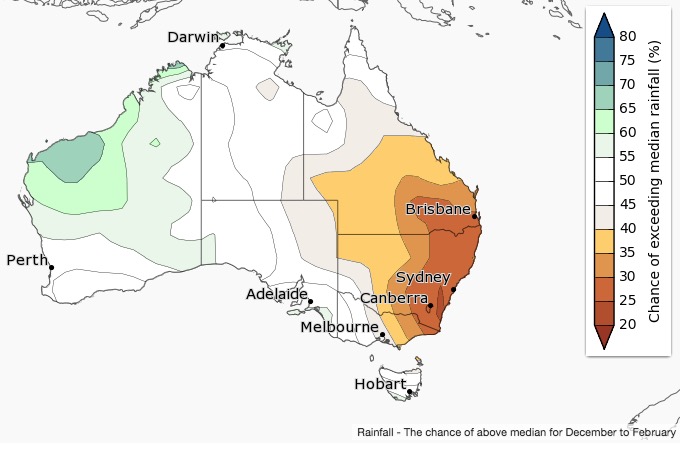Many areas where wildland firefighters are working do not have great coverage from weather radar because of the distance from the transmitter or steep terrain blocking the signals. You can help the National Weather Service produce better forecasts by using an app on your phone that can let them know what is happening at your location.
The message below from the National Weather Service in Rapid City uses local examples, but the principles are relevant in other areas:
****
Want to be a citizen scientist and help us determine what type of precipitation (snow, rain, sleet, hail, etc.) is falling?
Download the mPING app and use it to report various precipitation types as they occur. This data is incredibly helpful, especially because the terrain in SD and WY impacts radar coverage (can make it difficult to know what is happening at the surface far from the radar location in New Underwood, SD). Determining precipitation type can be rather tricky without observations at the surface. This is especially true when the temperature is just right that some places receive rain, while others get snow. That’s where the power of mPING comes in handy!
All reports are anonymous – only the location (latitude/longitude), time, and precipitation type are recorded.
The app can be downloaded on Android and iOS devices. If you have any questions, feel free to contact us or check out the mPING FAQ. We appreciate your willingness to help!
Links to the app here: http://mping.nssl.noaa.gov/
mPING FAQ: http://mping.nssl.noaa.gov/faq.php













